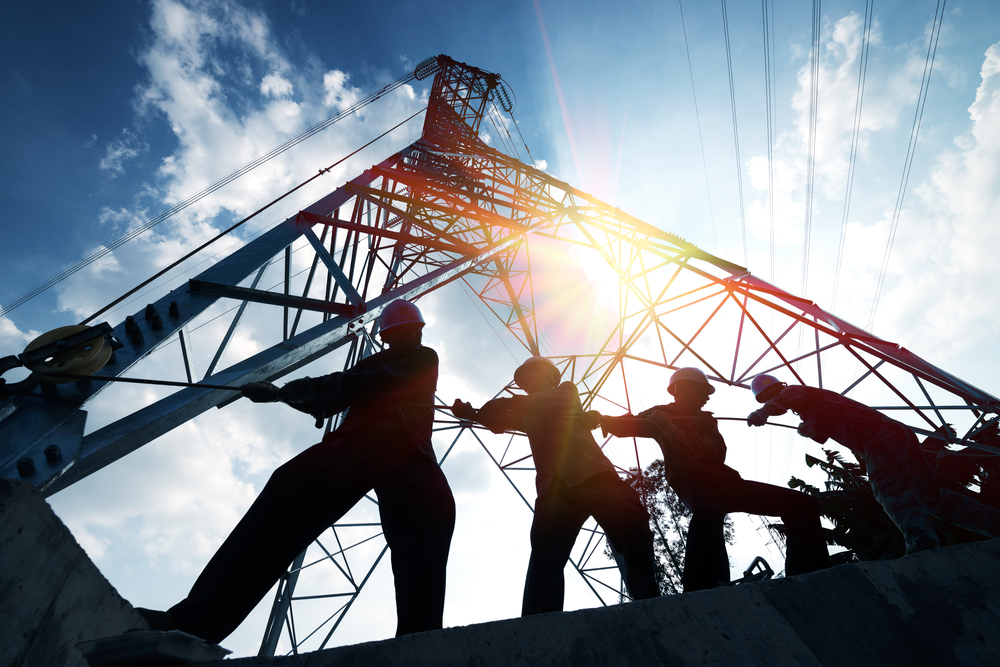We have seen some impressive developments in robotics these past few years. In particular, mechanized exoskeletons are slowly becoming more common. Some companies now pool together resources to manufacture this technology, which helps shape the future of the construction industry. It is an ambitious project and exoskeletons are still in the early stages of development. At the same time, humans will be aided by bricklaying robots to make their jobs a bit easier.
The Construction Industry and Robotics
The construction industry has been showing a keen interest in exoskeletons and bricklaying robots. Although human labor has become rather inexpensive in some parts of the world, employees can only work so many hours in a day until they need rest. There is always the risk of injury to deal with as well. At the same time, it seems there is a labor shortage in some parts of the world, which is not making things easier by any means.
Even though the construction industry is not known for embracing new technologies, it looks like there is no alternative available right now. It seems both robotics and exoskeletons will make a big impact in this sector over the coming years. While it is true automated solutions are worth exploring as well, the industry is not looking to put people out of a job all of a sudden either. Most companies value their human workforces, despite continual demand for increased efficiency.
Research by the National Bureau of Economic Research shows how every additional future robotic deployed in construction could effectively put around 5.6 workers out of a job. Introducing 1 robot per 1,000 employees reduces overall wages by up to 0.5%. This may not seem all that big of a deal to some people, but it certainly explains why the construction industry is delaying the introduction of robotics for the time being. That said, companies have taken a liking to merging human labor with technological improvements.
Making humans and robots work side-by-side appears to be the right way forward for the time being. Exoskeleton vests would allow human workers to complete more work in the same period of time. Lifting heavier objects, for example, would become a real possibility. At the same time, they would certainly help reduce the risk of injury for these workers as well. There are clearly many benefits to exploring these advanced options.
Consider the Hadrian X bricklaying robot, capable of laying up to 1,000 bricks per hour. A human worker at full strength and health could do the same number of bricks, but spread out over an eight-hour shift. The improved efficiency introduced by this robot should not be overlooked by anyone. Other robots may yield even better results, laying thousands of bricks per day without too many issues. Clearly, these robots could cost a lot of jobs when deployed.
In the end, one has to keep in mind that none of these robots will replace the need for human workers by any means. They certainly shake things up in the way one thinks about construction as a whole. Technological advances will be coming to the industry in one form or another. It certainly appears exoskeletons will be of the utmost importance as well. Making human workers more efficient will create new jobs over time as well. It will be interesting to see how things play out for companies active in the space moving forward.

